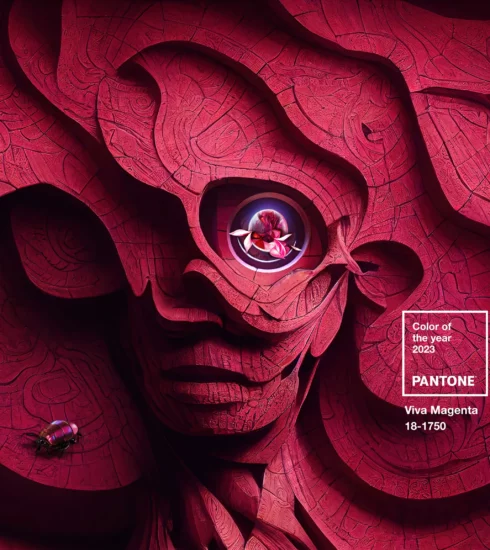The alchemy of earth: exploring the enduring elegance of Mexican barro
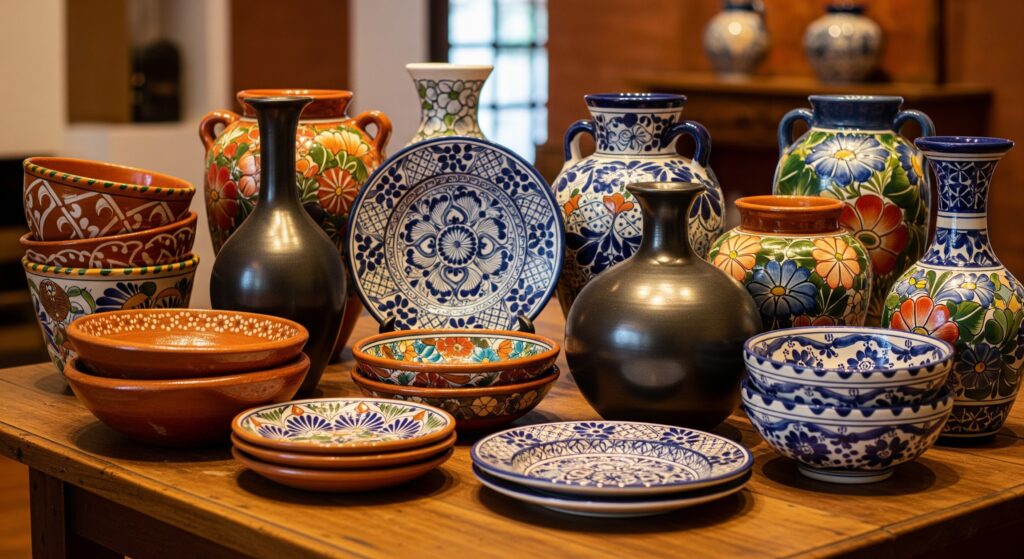
For the discerning collector and the cultivated traveler, Mexico is an inexhaustible source of cultural treasures. Yet, among its many sublime traditions, few possess the raw, elemental beauty and profound historical depth of its clay work—known simply as barro. This is not merely pottery; it is a meticulously preserved heritage, an alchemy of earth and fire that results in functional art of breathtaking sophistication.
Mexican barro tradition spans millennia, an unbroken lineage that connects the sophisticated cosmologies of pre-Hispanic empires to the refined aesthetics of contemporary luxury living. To possess a piece of fine Mexican clay is to hold a fragment of that enduring history, a tangible link to the land and the hands that have mastered its fundamental material.
The allure of barro for our affluent audience lies not just in its exquisite craftsmanship but in its authenticity and rarity. In a world increasingly dominated by mass production, these handcrafted pieces represent the pinnacle of bespoke artistry, celebrating techniques that have remained virtually unchanged for centuries and demanding respect for their deep, cultural provenance.
A chronicle in clay: the deep roots of barro’s origin
The story of Mexican clay is an epic that predates the arrival of European influence by thousands of years. Long before the Spanish conquest, indigenous civilizations across Mesoamerica had already perfected the art of shaping, decorating, and firing clay, replacing early stone utensils with earthenware that was both more versatile and aesthetically pleasing.
The pre-Hispanic genesis
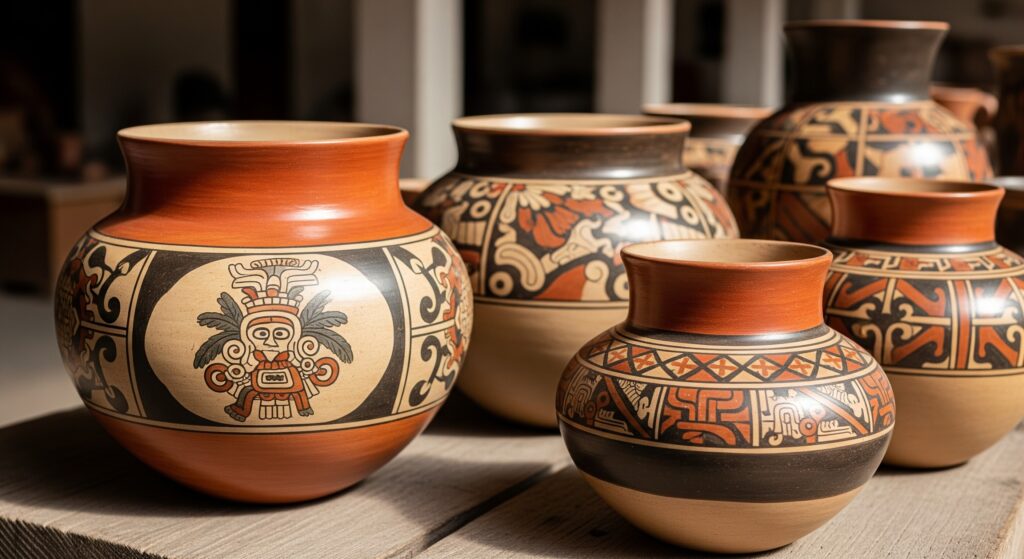
Archaeological evidence suggests that the earliest forms of ceramics in Mexico emerged around 2300–1500 BCE, during the Purrón period, as nomadic groups transitioned into a more sedentary lifestyle. Early vessels often mimicked the shapes of gourds and squash, demonstrating a pragmatic evolution from natural containers to crafted ones.
In these ancient times, the potter’s wheel was unknown. Artisans relied on foundational techniques: modeling by hand, the meticulous construction of vessels using the coiling method, and, later, the innovation of simple and double molds. Instead of glazes, which were a European introduction, pre-Hispanic potters achieved their signature finish by carefully burnishing the clay—polishing the surface with a smooth stone or piece of quartz before firing—and coating it with fine, colored clay slips to create vibrant, intricate patterns.
During the Aztec Empire, ceramics were considered one of the highest forms of art. Legends even attribute the knowledge of pottery making to the god Quetzalcoatl himself, underscoring its spiritual and societal value.
The fusion of old and new worlds
The arrival of the Spanish in the 16th century marked a pivotal and revolutionary juncture. The conquerors introduced two foundational European technologies that irrevocably altered the trajectory of Mexican ceramics: the potter’s wheel and glazing techniques, particularly the brilliant, tin-enameled earthenware known as Majolica.
The most famous example of this cultural and artistic syncretism is Talavera Poblana. Settled in the city of Puebla, Spanish artisans from Talavera de la Reina in Spain began teaching local indigenous artisans their glazing methods. The resulting craft became a luxurious hybrid, combining the Moorish, Spanish, and Flemish influences of Majolica with the bold colors and distinctive artistic sensibilities of the native craftsmen. While initially confined to traditional Spanish motifs—primarily biblical scenes and images of saints—Talavera quickly evolved, embracing indigenous flora, fauna, and ancient geometric designs after Mexico achieved independence. The rigorous standards and historical purity of this style are now so revered that its production is strictly regulated by the Consejo Regulador de la Talavera (Talavera Regulatory Council), ensuring its continued status as a UNESCO Intangible Cultural Heritage.
The distinguished forms of Mexican barro: a curated collection
The term “barro” encompasses an astonishing range of styles, each rooted in a specific region, history, and geological profile. For the collector, understanding these distinct forms is the key to appreciating the depth of the Mexican craft.
Barro negro: the obsidian gloss of Oaxaca
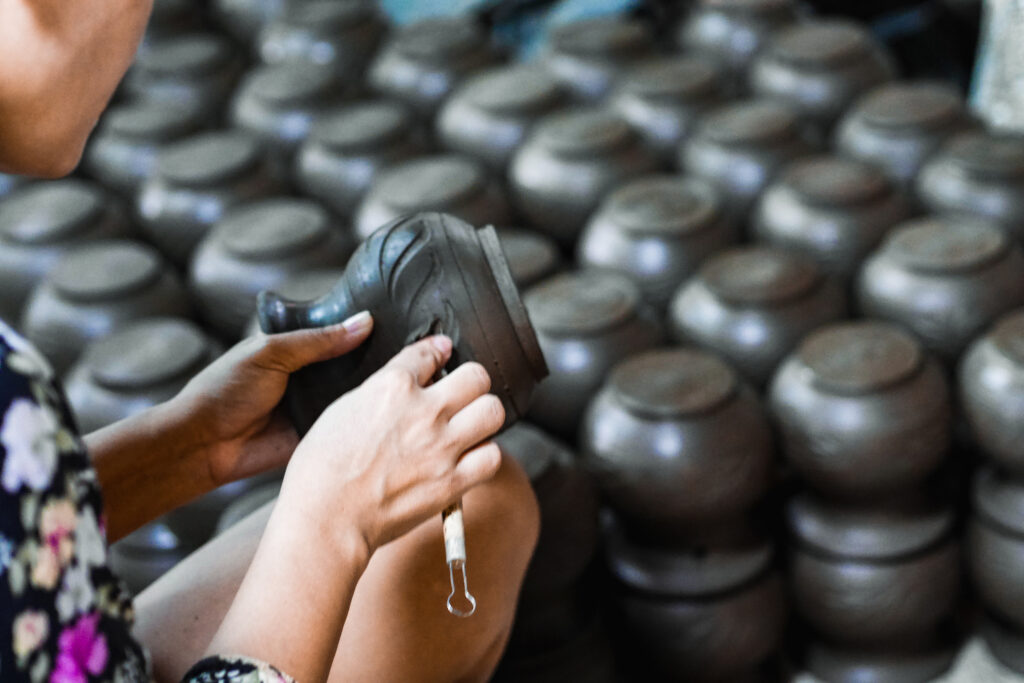
Perhaps the most immediately recognizable and dramatically elegant form of Mexican clay is Barro Negro (Black Clay). Originating from the town of San Bartolo Coyotepec in the state of Oaxaca, this pottery style represents an artistic lineage that stretches back to the Zapotec culture of Monte Albán.
What sets Barro Negro apart is its luminous, jet-black, and often metallic sheen. Until the 1950s, the pottery was a dull gray. The dramatic transformation to its current, coveted gloss is achieved through a meticulous, centuries-old firing technique. During the final firing stage in a closed kiln, the airflow is deliberately reduced. This limits the oxygen, causing the smoke to saturate the clay with carbon, thus turning it a deep, resonant black. The lustrous shine, however, is not a glaze but is achieved entirely through the pre-firing burnishing—a labor-intensive polishing process using quartz stones, which compacts the surface of the clay, allowing it to take on that signature obsidian-like gleam after firing. These pieces, often sculpted into graceful vases, fantastical animal forms, or intricate bowls, are statements of understated, ancient luxury.
Talavera: the saturated palette of Puebla
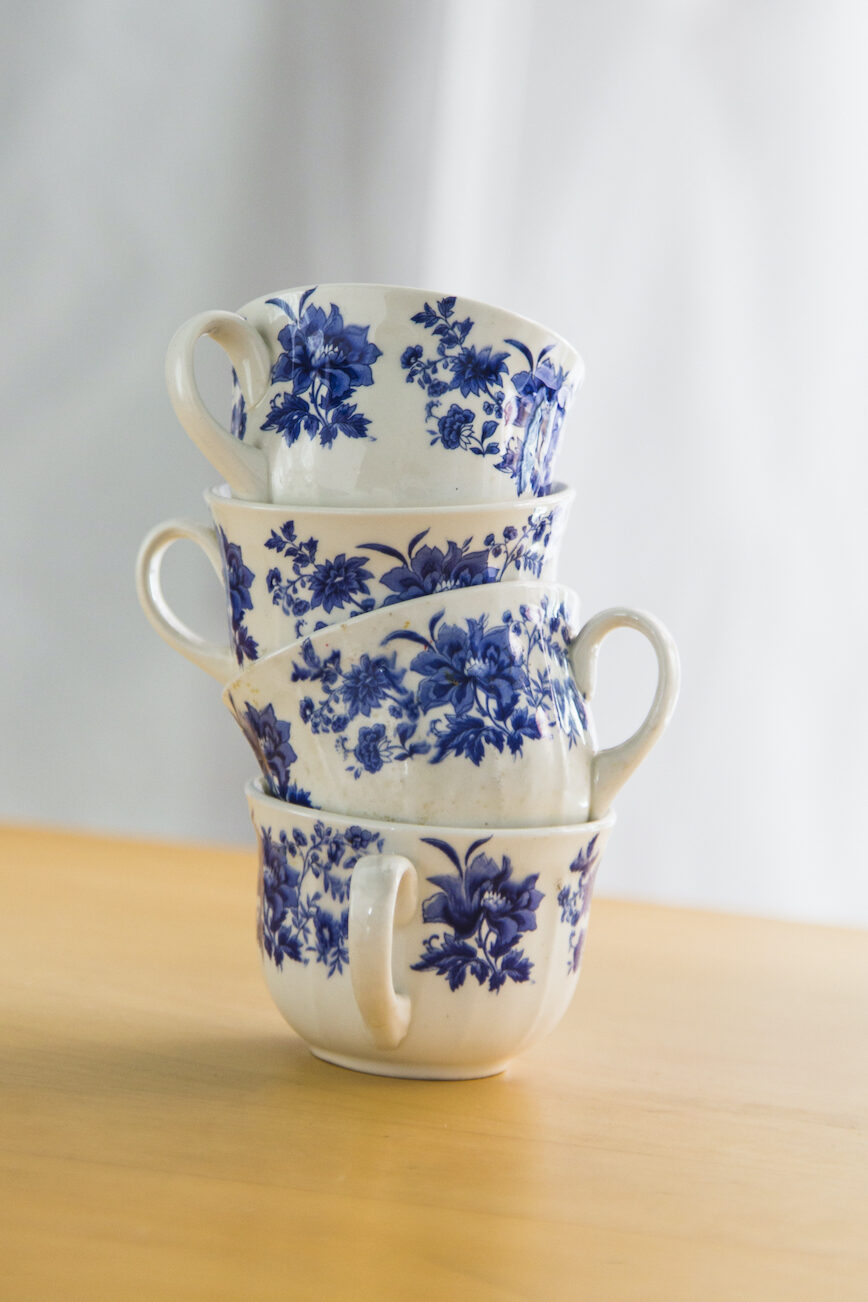
As detailed earlier, Talavera Poblana is the zenith of glazed ceramic work. Produced in Puebla and a handful of designated neighboring municipalities, its pieces are instantly identifiable by their vibrant palette—traditionally restricted to blue, yellow, black, green, orange, and a deep mauve, all derived from natural mineral pigments—applied over a brilliant, milky-white tin glaze.
Talavera encompasses both functional wares and architectural elements, such as exquisite hand-painted tiles. A prized collection might include large, ceremonial tibor jars, ornate pitchers, or a complete dinner service, each piece bearing the complexity of Arabesque, Chinese, and native Mexican motifs. The true value lies in adhering to the 16th-century process, which includes the use of specific, high-quality local clays and a double-firing process—a guarantee of its historical veracity and high-quality construction.
Barro bruñido: the burnished poetry of Jalisco
Barro Bruñido (burnished clay) from Jalisco represents the purest continuation of the pre-Hispanic tradition. This style eschews European glazing, instead emphasizing the natural beauty of the clay itself. Before the final, low-temperature firing, the clay is meticulously and patiently burnished with a stone or pyrite, creating a soft, glossy, and refined surface finish.
Decorations are typically applied with a fine brush using slips of contrasting natural colors—creams, deep reds, and black—and feature elegant, intricate geometric or floral patterns. Because it is unglazed, the surface remains slightly porous, lending it a delicate, almost velvety texture. This style is an ode to subtle elegance, favored for its historical purity and the intimate connection it offers to the earth’s natural tones.
Árboles de la vida: the epic narrative sculptures
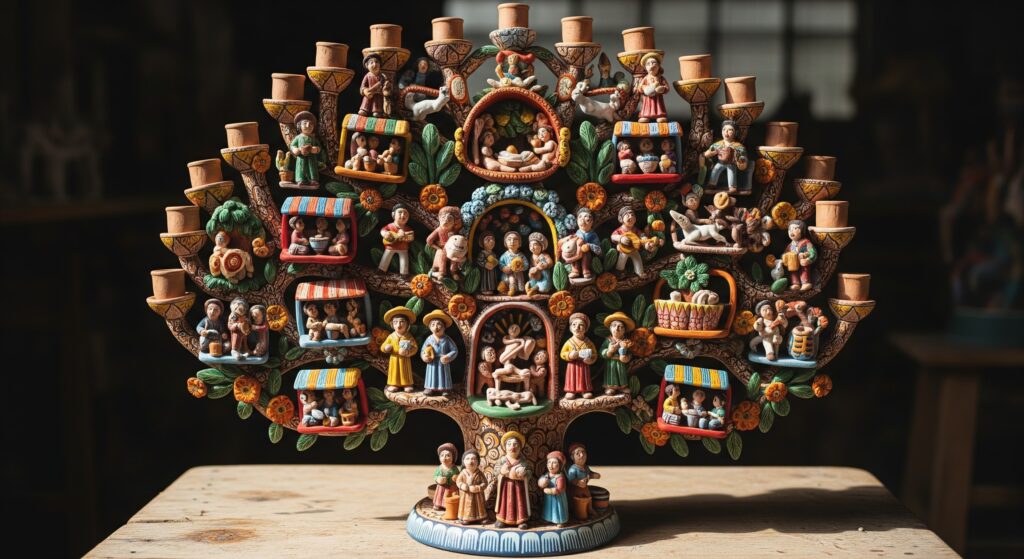
Árbol de la Vida (Tree of Life) sculptures, primarily from the Magical Town of Metepec in the State of Mexico, transcend the definition of simple pottery to become complex, narrative sculptural works. Originally adapted by evangelizers to teach the principles of Catholicism, these clay candelabras and centerpieces evolved into magnificent, multi-tiered works of folk art, often depicting biblical stories (like the Garden of Eden) or, more recently, themes of Mexican history, daily life, or fantastical creatures.
The most masterful Trees of Life are large, heavily adorned, and dazzlingly polychromatic. They are sought after by collectors for their storytelling complexity, their intense use of color, and the sheer technical skill required to balance and fire such intricate, multi-component structures.
The utilitarian art: Mexican barro in the gourmet kitchen
Beyond their decorative grandeur, many forms of Mexican barro have always served a fundamental, elevated purpose: the art of alta cocina. The use of clay cookware is not a rustic throwback; it is a culinary secret essential to the authentic flavor profile of traditional Mexican gastronomy.
Olla de barro and cazuela
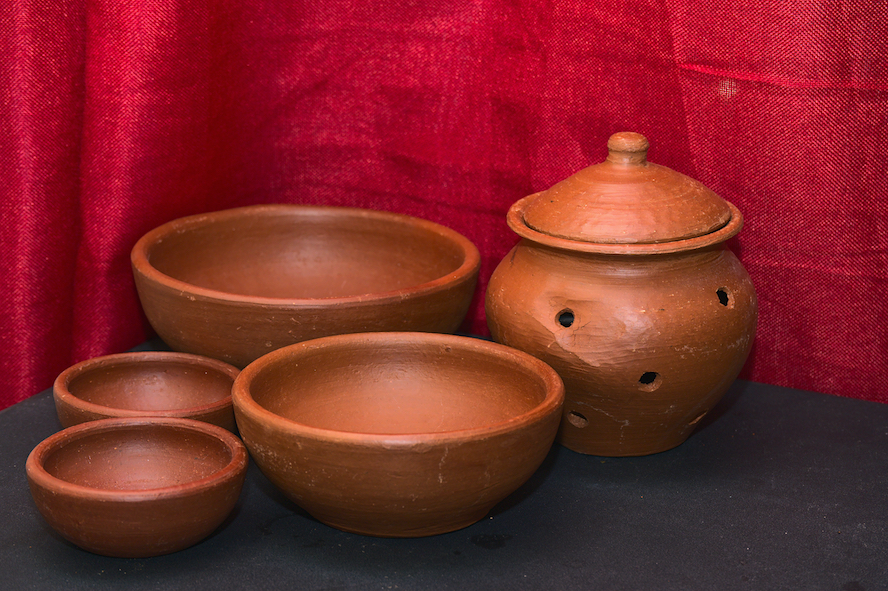
The olla de barro (clay pot) and the cazuela de barro (clay casserole dish) are indispensable in the Mexican kitchen. Their functional superiority is a matter of thermal physics. The porous nature of the earthenware, when properly “cured,” allows heat to be distributed incredibly slowly and evenly throughout the cooking process. This prolonged, gentle heating prevents scorching and coaxes a deeper, more resonant flavor—often described as terroso (earthy)—out of slow-cooked dishes like moles, stews, beans, and caldos. A mole simmered in a metal pot simply cannot achieve the same complex depth of flavor as one slowly nurtured in an authentic olla de barro.
Natural preservation
Traditional clay vessels also offer a distinct advantage in preservation. The botellón de barro (clay water jug) and certain containers used for storing foodstuffs leverage the natural evaporative cooling effect of the porous clay to keep water and ingredients consistently cool without the need for refrigeration—a sophisticated, ancient form of insulation that contributes to the unique freshness and flavor of the water it holds.
The ritual of curing and care
For the new owner of fine barro cookware, there is a requisite and rewarding ritual: the curing process. Because traditional barro is unglazed or only partially glazed, it must be seasoned to seal its pores and prevent cracking. This often involves soaking the piece in water for a day, followed by rubbing the interior with garlic, a mixture of lime juice and water, or a specialized sealant, and then slowly baking it. This process is the first step in a lifelong relationship with the piece, an intimate act of stewardship that bonds the collector to the artisan’s original intent.
Barro as an investment in cultural legacy
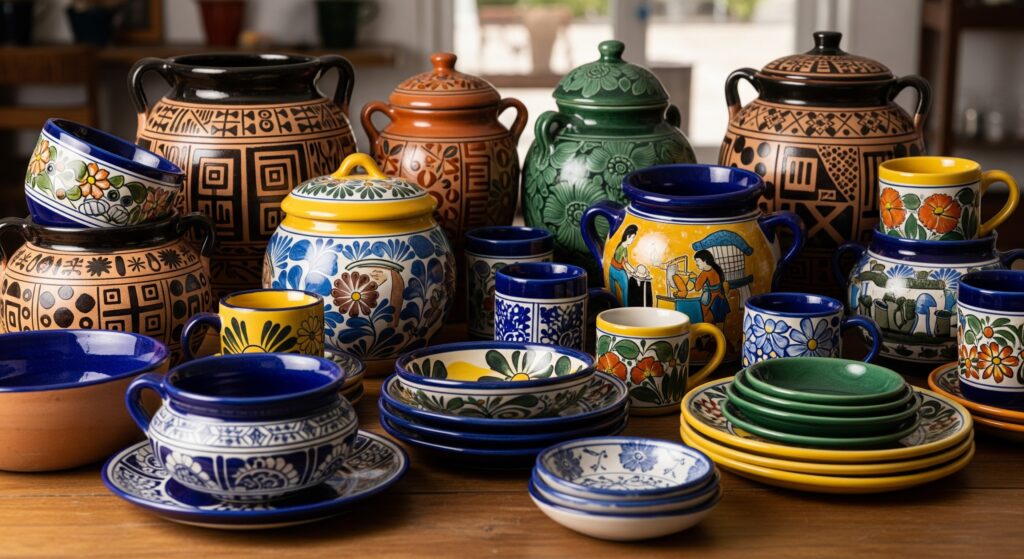
For the luxury lifestyle enthusiast, collecting Mexican barro is a profoundly meaningful pursuit. It is a tangible investment that appreciates not only in monetary value—especially for pieces from renowned masters like the late Doña Rosa Real Mateo de Nieto (who revolutionized Barro Negro) or the acclaimed Quezada family in Mata Ortiz—but also in cultural capital.
A collection of authentic Talavera tiles or a signature Barro Negro sculpture introduces an unparalleled layer of global sophistication and narrative depth to an interior space. These pieces are not fleeting design trends; they are permanent fixtures that anchor a home in a tradition of millennia, conveying a collector’s discerning eye for quality, history, and authentic craftsmanship.
To acquire a piece of Mexican barro is to support a living tradition, ensuring that the ancient knowledge of the earth, the fire, and the hands that shape them continues to thrive. It is a celebration of the world’s raw beauty, rendered permanent and luxurious through the timeless alchemy of human artistry. It is, quite simply, a testament to enduring elegance.



